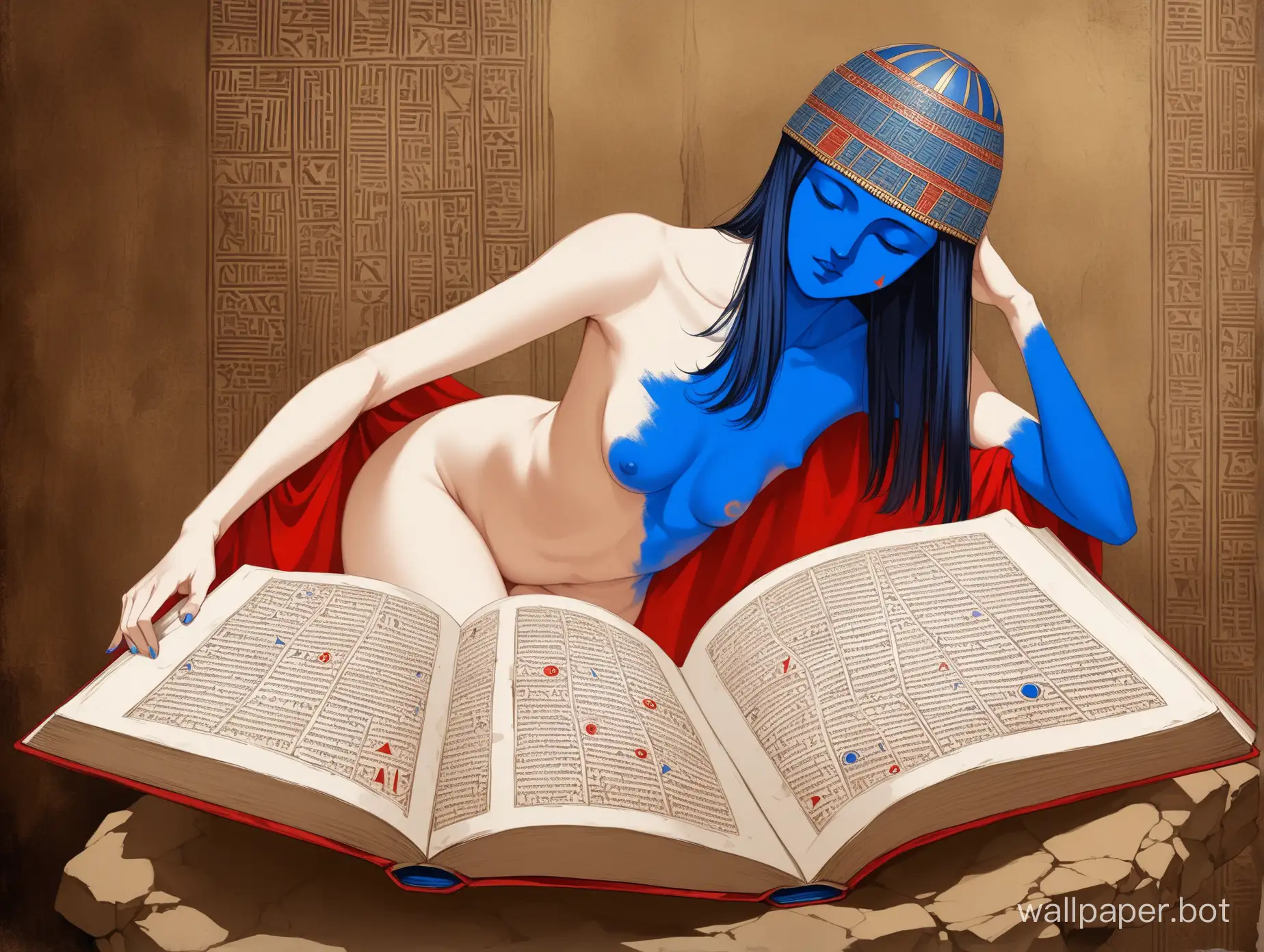BaroqueInspired HalfRedHalfBlue Mosaic of a Headless Woman with CuneiformLike Open Book

R
AI Wallpaper Prompt
Prompt
женщина обнажённая раскрашенная вполовину красным вполовину синим лишённая головы вместо головы раскрытая книга с таинственными знаками напоминающими ассирийскую клинопись барокко
Model: superAnime
Ratio: 4:3
Related AI Images
Related Tags
AI Wallpaper Prompt Analysis
- Subject: The subject of the image is a unique and striking representation of a woman, stripped of her traditional form, and divided into two contrasting colors, red and blue. This duality symbolizes the complex nature of humanity and the constant interplay between opposing forces. The headless depiction, while unconventional, invites viewers to focus on the symbolic elements rather than the physical form, emphasizing the intangible aspects of identity and knowledge. Setting/Background: The Baroque style, known for its ornate details and dramatic expressions, provides an ideal backdrop for this image. The setting could be a dimly lit, opulent room with rich fabrics and intricate carvings, reflecting the grandeur and emotional intensity of the Baroque period. The contrast between the starkness of the woman's form and the lavish surroundings further accentuates the theme of duality. Style/Coloring: The coloring of the woman's body is a bold choice, with the red and blue hues not only representing opposing elements but also drawing inspiration from the vibrant palettes often found in Baroque art. The colors are applied in a mosaic-like pattern, suggesting a fragmented view of the self, while the overall style is heavily influenced by the dramatic and exaggerated features characteristic of Baroque aesthetics. Action/Items/Costume/Appearance/Accessories: The open book that replaces the woman's head is a central element of the image, bearing mysterious symbols reminiscent of Assyrian cuneiform. This not only adds an archaeological and historical depth to the piece but also serves as a metaphor for the woman's knowledge and the quest for understanding. The symbols could represent ancient wisdom or the enigmatic nature of human consciousness. The absence of a head, a traditional symbol of intellect and identity, challenges the viewer to consider the role of knowledge and written language in shaping who we are.